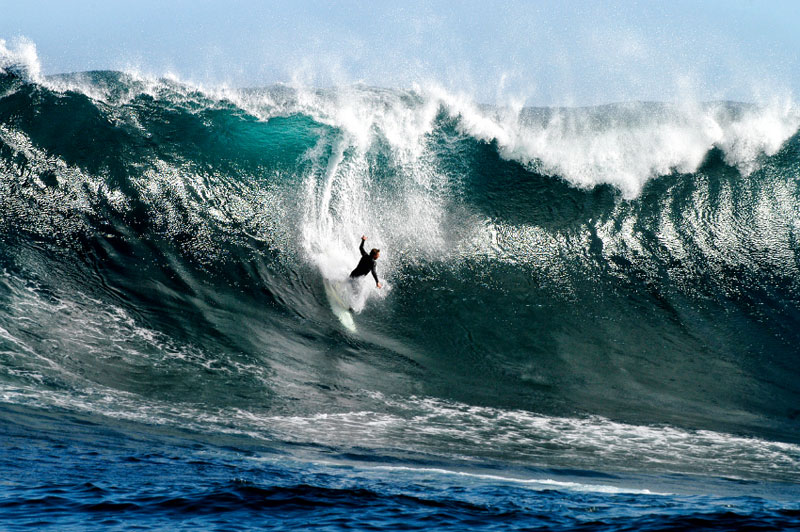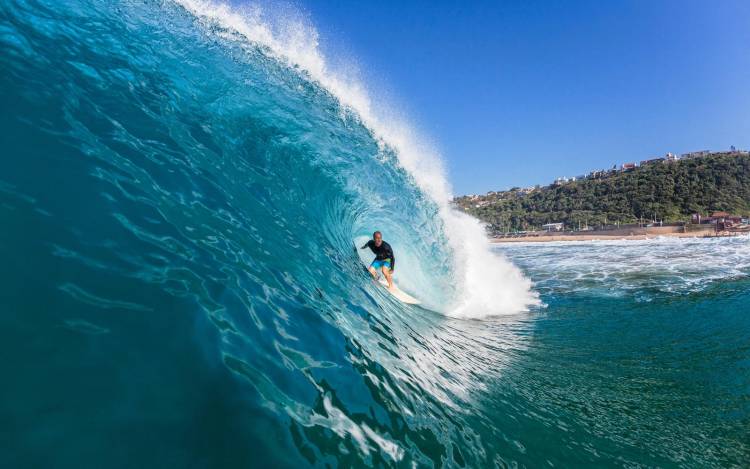Surfing in South Africa
South Africa has a very long-established surf culture. Durban locals had already taken to the waves with home-made wooden belly boards by the time Aussie surf champ Charles McAlister introduced stand-up surfing in 1928.

The release of cult cross-over surf film 'The Endless Summer' in 1964, with its footage of the perfect peeling right-handers of Cape St Francis, ensured that South Africa was placed firmly on the global surfing map, although the country was hampered by Apartheid, which caused a collision between surfing and politics that has not been seen before or since. Tom Curren, Tom Carroll and Martin Potter refused to compete in South Africa between 1985 until the early 1990s, and many South African surfers had trouble travelling to countries who opposed the regime.
When South Africa was finally able to claim the place it deserved in the league of surfing nations, the devaluing of the currency meant that many South Africans could no longer afford to travel. In spite of this long history of turmoil, South Africa today ranks among the very top surf-travel destinations, and is home to some of the world's very best waves and surfers.
The tropical East African current warms the sea all the way to Cape Infanta, 150km east of Cape Town, although around Cape Town thick wetsuits are usually essential. Sharks are easily the biggest hazard, with a record 15 attacks in 1998, one of which was fatal. Measures such as nets and lookouts are now in place to try to protect surfers and swimmers.

The warm waters of Kwazulu Natal Coast, in the east, are home to Durban, whose three piers – The Bay of Plenty, North beach and New Pier - have long been at the epicentre of South African surfing.
The rocky East London area, prone to shark attacks, boasts the powerful Nahoon reef, while the area around Port Elizabeth is cooler but bristling with point and reef breaks including Jeffery's Bay, home to a Pro tour surf event, and Cape St Francis.
The Cape Town area is cold and best known for big waves spots such as Dungeons, which has been compared to Mavericks, in California. Waves are generally biggest on the central and west coasts but best-formed and smoother on the east coast.


